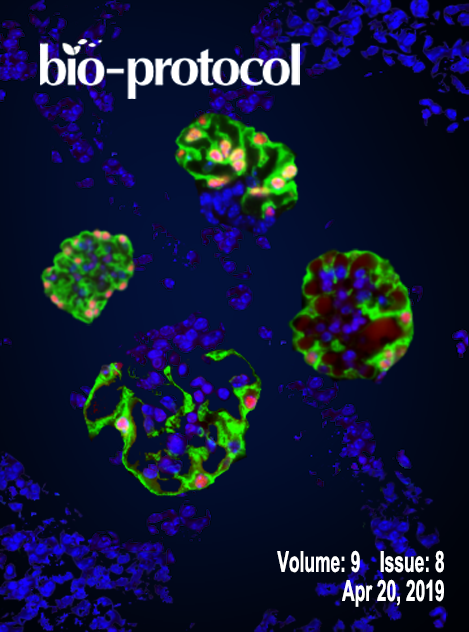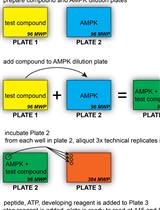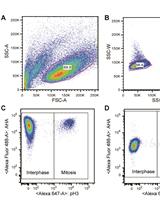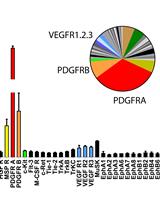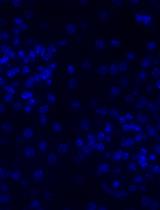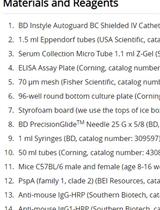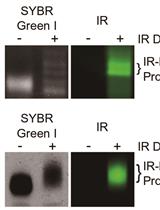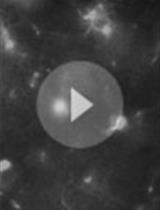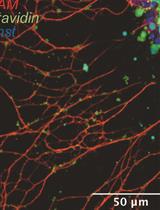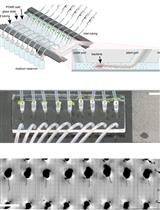往期刊物2019
卷册: 9, 期号: 8
生物化学
Non-radiometric Cell-free Assay to Measure the Effect of Molecular Chaperones on AMP-activated Kinase Activity
非放射性无细胞分析法测定分子伴侣对于AMP激活激酶活性的影响
癌症生物学
Measuring Protein Synthesis during Cell Cycle by Azidohomoalanine (AHA) Labeling and Flow Cytometric Analysis
利用叠氮丙氨酸标记和流式细胞分析测定细胞周期中蛋白的合成
Unbiased Screening of Activated Receptor Tyrosine Kinases (RTKs) in Tumor Extracts Using a Mouse Phospho-RTK Array Kit
利用小鼠Phospho-RTK Array试剂盒无偏筛选肿瘤提取物中激活受体酪氨酸激酶
细胞生物学
Immunofluorescence Staining of WT-1/Podocalyxin on Mouse Kidney Sections
免疫荧光标记小鼠肾脏切片中的WT-1/足糖萼
免疫学
Evaluation of Mucosal and Systemic Vaccine Responses by Cyclic di-GMP (CDG)-adjuvanted Protein Subunit Vaccines
环二鸟苷单磷酸佐剂蛋白亚单位疫苗引起的粘膜和全身疫苗反应的评估
分子生物学
Northern Blot with IR Fluorescent Probes: Strategies for Probe Preparation
利用多种标记方法进行IR标记探针的Northern杂交
神经科学
Time-lapse Whole-field Fluorescence Imaging of Microglia Processes Motility in Acute Mouse Hippocampal Slices and Analysis
急性海马切片中小胶质细胞运动长时间全视野荧光成像及分析
Displaced Object Recognition Memory in Rats
大鼠物体位置再认记忆
Preparation and Manipulation of Olfactory Epithelium Explant Cultures for Measurement of the Mechanical Tension of Individual Axons Using the Biomembrane Force Probe
嗅上皮外植体的制备及培养以用于通过生物膜力学探针测定单个轴突的机械张力
植物科学
Tracking Root Interactions System (TRIS) Experiment and Quality Control
根相互作用系统的示踪实验和质量控制


